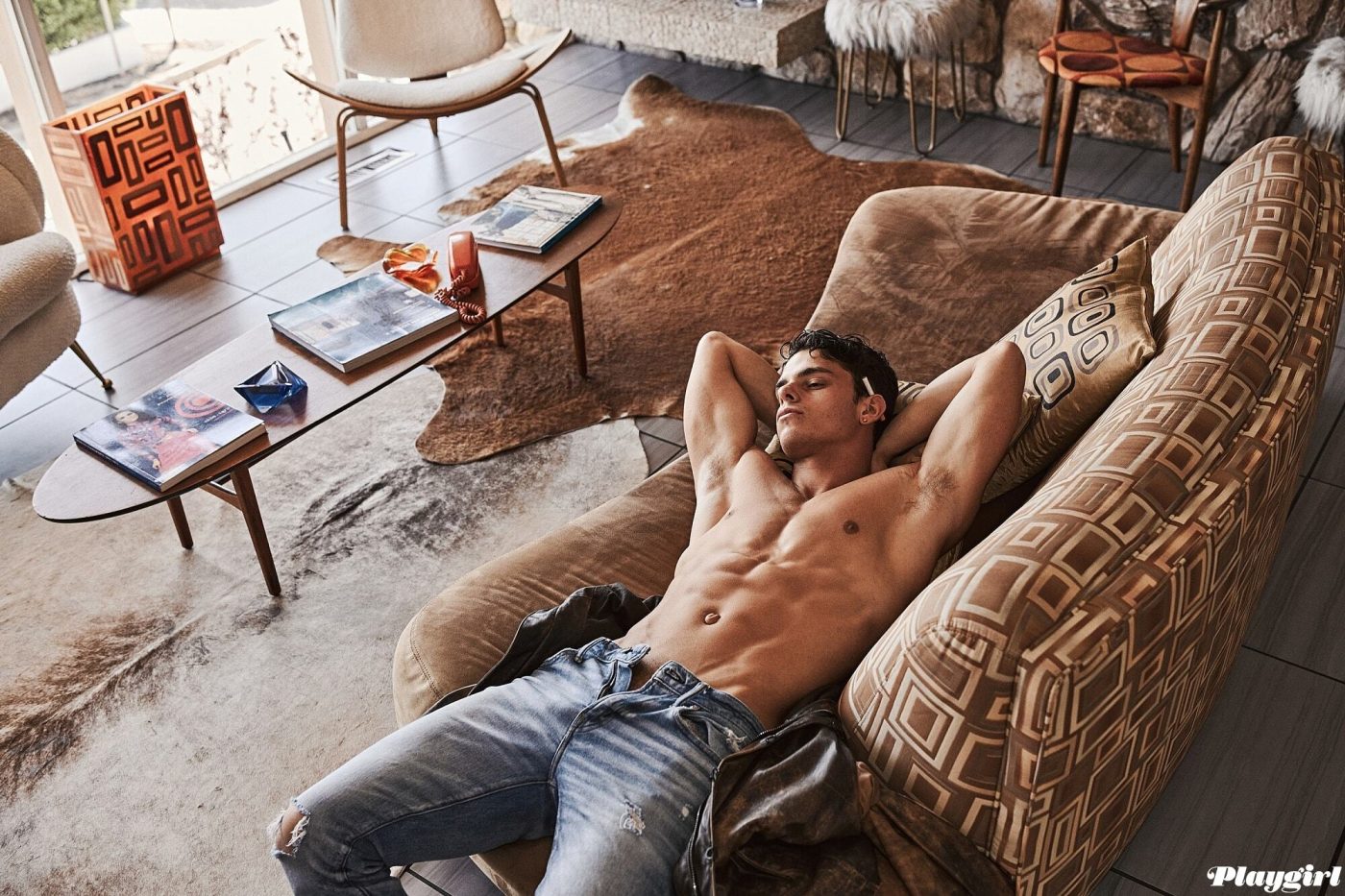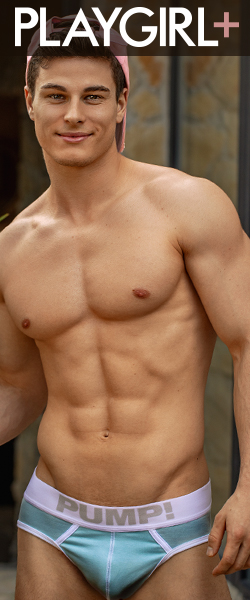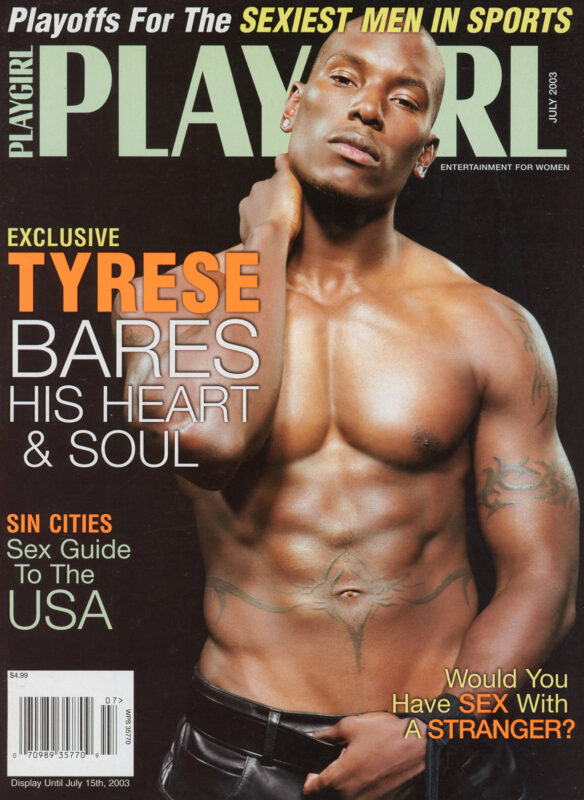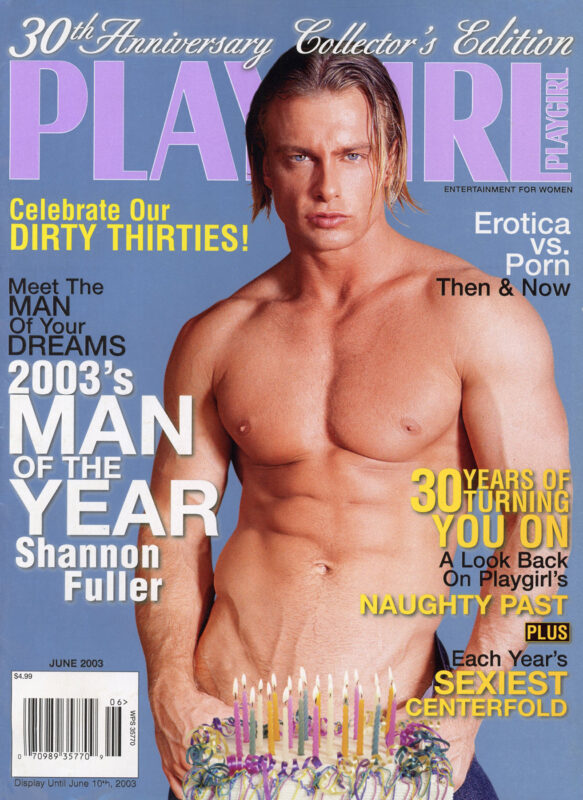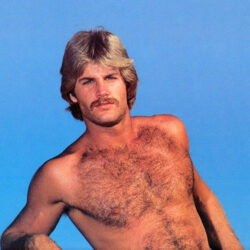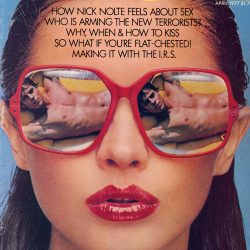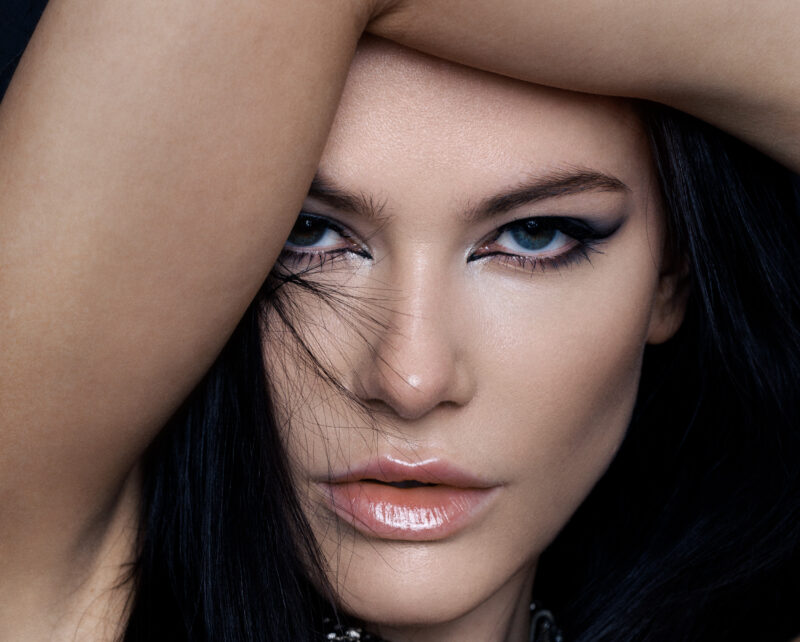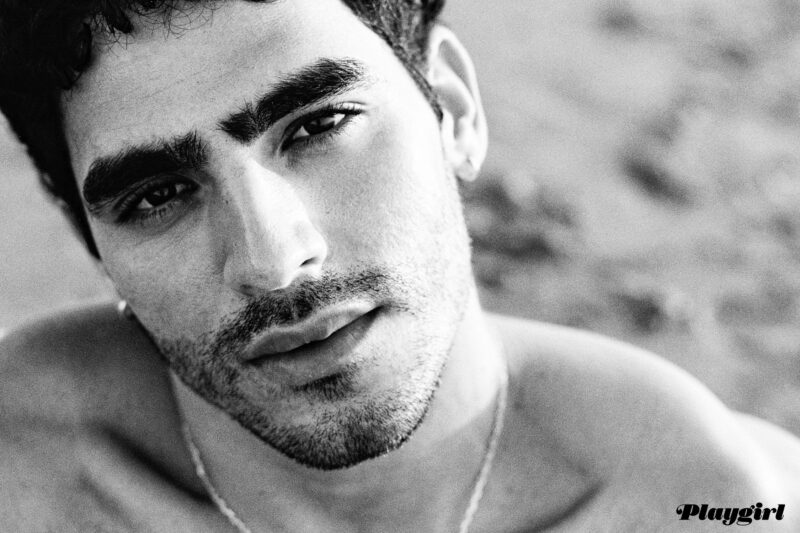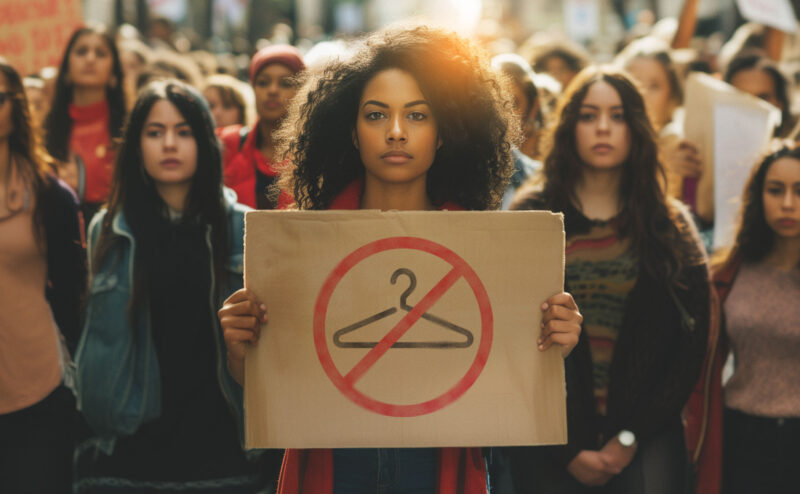The Playgirl offices were mostly outfitted in shades of gray, shadowed by fluorescent overhead lighting. It was uninspiring, much like any cubicle-filled office space lacking imagination. Behind all those fabric half-walls were dozens of people focusing on… sex. This felt peculiar, especially when I first started on the job — strange in the way that you weren’t supposed to scrutinize nude bodies in a professional setting unless, of course, that industry was the ‘adult’ industry. We were the couriers of fantasy, dreaming up scenarios and pushing the boundaries of provocation. It was quite easy to turn off the subcortical structures of my brain responsible for arousal, and the bright-light, sterile setting made it effortless. The excitement — and the way to convey it within the pages of Playgirl — lived within fantasy, which became a skill to tap into.
One of the first things I noticed — on my job interview — was that the word “masturbation” was misspelled on the back cover. In publishing, the back cover is often reserved for valuable ad space: had Playgirl lost all its mainstream, big-budget advertisers? This blunder was perhaps a slip, perhaps an inadvertent nod to the frustration so many editors at the magazine had felt over the years. Playgirl was no doubt short staffed and felt like an afterthought. The core staff of editors and art department (at the time it consisted of four people) worked miracles to put out 96 pages each month. Special issues were also produced about nine times a year. It was a lot of work for very little pay, but I wanted the challenge and the experience in publishing.
The folks whom I’ve worked with on Playgirl were all incredibly talented, hard-working creatives wanting to breathe new life in the pages. The higher-ups spent a lot of time telling us that we shouldn’t make a magazine to cater to our proclivities. What they wanted was a magazine that mimicked the standards in porn for men, in erotica for women. That intersection isn’t very vast — and that mindset is what alienated readers for decades. It also stifled the staff’s rousing ideas.
Still, it was an exciting challenge to work there — to dare to dream about what a sex-positive magazine featuring naked men should deliver. Those uninspiring cubicles somehow birthed brilliant ideas of change.
To create good content and entice new readers, I brainstormed with staff, with my friends, and sought ideas everywhere from late nights out in the city to the subway in the morning. There was so much to glean from the music scene, film, and fashion magazines. It was the early 00s in New York City — sexual inspiration was everywhere and it was beautiful.
This was all before #MeToo. Women’s voices were (and still are) often ignored, and many ideas for change were not taken seriously by the publishers. There was a leaning for an in-your-face approach over a subtler, more seductive approach that overshadowed everything my staff and I pitched.
Yet Playgirl had its moments and mostly through small victories. One, I recall, was when we convinced the publisher that the photo of a man’s chiseled face on the cover was far sexier than a full-frontal. Another was when we featured a dimly lit and sensuously shot couple. My favorite was when we produced an entire issue featuring only eight penises throughout. This was a rarity — when I first started at Playgirl the “rule” was: a penis on every page. I felt Playgirl readers needed — deserved — more foreplay, more intrigue, more enticement to lead up to the big reveal. Eight penises within a sea of abs and backsides, strong hands and slighted agape mouths, dreamy erotica and playful editorial felt right.
It wasn’t, according to the powers that be. When I received the final mock-up just before going to print, it had a post-it note on the cover written in outrage: “8 penises!” There were tabs on the pages leading to those eight penises. They weren’t pleased. To me and to my staff, eight was enough. This marked the beginning of the end. Eight wasn’t enough, but I was too much.
That’s what I was told. I was too much. I pushed too hard. I was too steadfast in my vision. They had to let me go. I’ve been told that you’re nobody until you’ve been fired and that’s the truth. So I took all I learned and applied it to new endeavors. I was 32 years old and was already the Editor-in-Chief of an international magazine. It was a feat in some ways, a detriment in others. My focus, however, was with what I learned not only in publishing and editing — my focus was with the lessons I learned in being a human.
I learned how to look at a topic — in this case sex and sexuality — and to separate myself from it, delving into the myriad of ways humans can be seduced. The seduction didn’t have to be sexual or directly editorial: how could I help those thinking differently to see things through my eyes? How could models feel comfortable enough to be photographed in the most effortlessly sexy ways? How could we voice women’s desires? How can women work together to be louder than their adversaries but be loud in a way that is peaceful and beautiful and produces results?
I wasn’t always successful, but those failures weren’t negative. You are not only nobody until you’ve been fired, but your mind doesn’t allow you to truly grow until you’ve been unsuccessful at something. I learned that even though our models were undressed, there was so much more to be revealed. It was their humanity and vulnerabilities that turned me on most. To gain an understanding of who they were, why they posed, how they lived, was exactly the type of humanness I wanted to show in their photos — to tell a story, to begin a narrative that began in the pages but then each reader could take a mold into their own fantasy.
I learned how women’s satisfaction and orgasms are not valued nor thought about as much as men’s. And this notion was perpetuated by women as well, from years of placing the needs of men first. I learned that this was all related to people not listening to women, and women not using their voices to speak their truth because, historically, they haven’t been listened to. I learned that to see a vision through is to hold fast to your desires and to keep trying. I learned that the root of so many desires involves true equality.
I learned to use my voice, even and especially when facing opposition.
My experience at Playgirl made me think more diligently with more resourcefulness. I learned how much strength there can be in collaboration with women. There was so much gold in the merging of creative minds (it’s what lit up the otherwise drab offices) — if only we were given permission to see those ideas through. I’m proud of everything we accomplished in the years 1999 though 2005, but I’m even more proud of what we weren’t able to.

